

William Stopford
Every SUV, ute and van discontinued in Australia in 2025
14 Hours Ago
Nissan will launch the new Qashqai in Australia in 2022, but we’ve managed to grab an early drive in the UK where it's built.

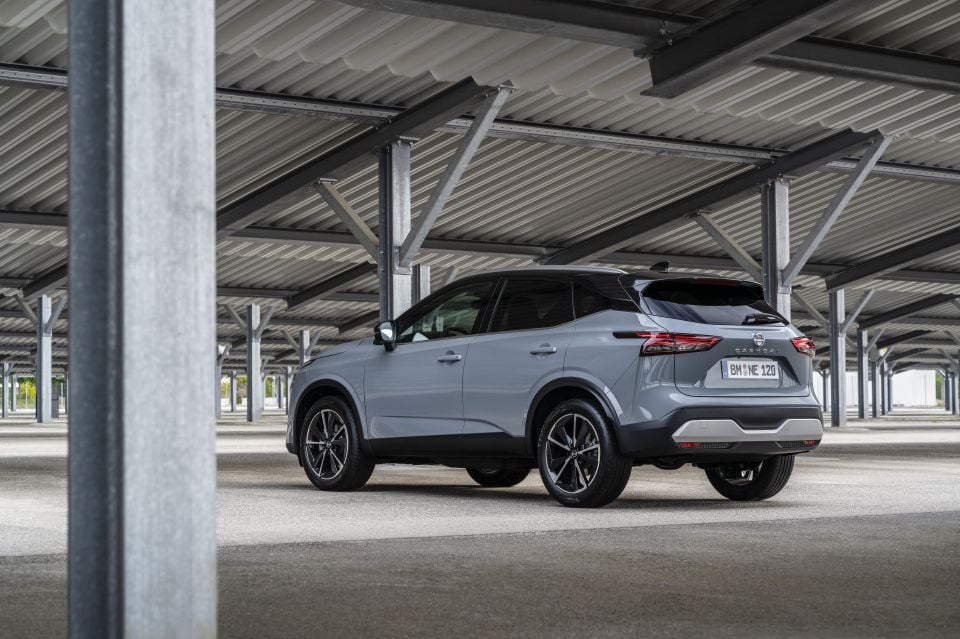

Contributor

Contributor


Contributor

Contributor
Where expert car reviews meet expert car buying – CarExpert gives you trusted advice, personalised service and real savings on your next new car.
The Nissan Qashqai has been such a success for the Japanese brand that it’s often referred to in the industry as the ‘Qashcow’.
Built at the Sunderland plant in the UK, it’s done rather well since it first arrived in 2006 as the forerunner of what is considered to be the modern crossover trend.
Back then its main rivals were models like the Toyota RAV4 and Honda CR-V, but today the market is full of crossovers and SUVs eager to grab a slice of the action.
To keep the upstarts at bay, Nissan has moved the new Qashqai onto the Renault-Nissan Alliance CMF-C platform, which means it’s bigger and ready for electrification – but we’ll get to that later on.
For now, we’ve spent time in the UK-spec model ahead of its arrival in Australia in 2022.

The short answer is – we don’t know yet.
We’ve asked, but Nissan Australia is still sharpening its pencils and inputting numbers into spreadsheets. The previous-generation car (currently in runout) starts at $28,590 before on-road costs in Australia, but it’s safe to say prices will probably go up for the new model.
Higher-spec ST-L and Ti versions of the old model start pushing north of $35,000, and that’s probably where this high-grade Tekna variant – or whatever the Aussie equivalent will be called – is going to sit.
For reference, the Tekna starts at £30,845 – or around $58,848 – sitting below only the flagship Tekna+ at £34,175 ($65,201). Obviously, current exchange rates impede a more accurate pricing conversion.
With that said, a Tekna with CVT is priced in line with the equivalent-spec Hyundai Tucson and Peugeot 3008 in the UK.

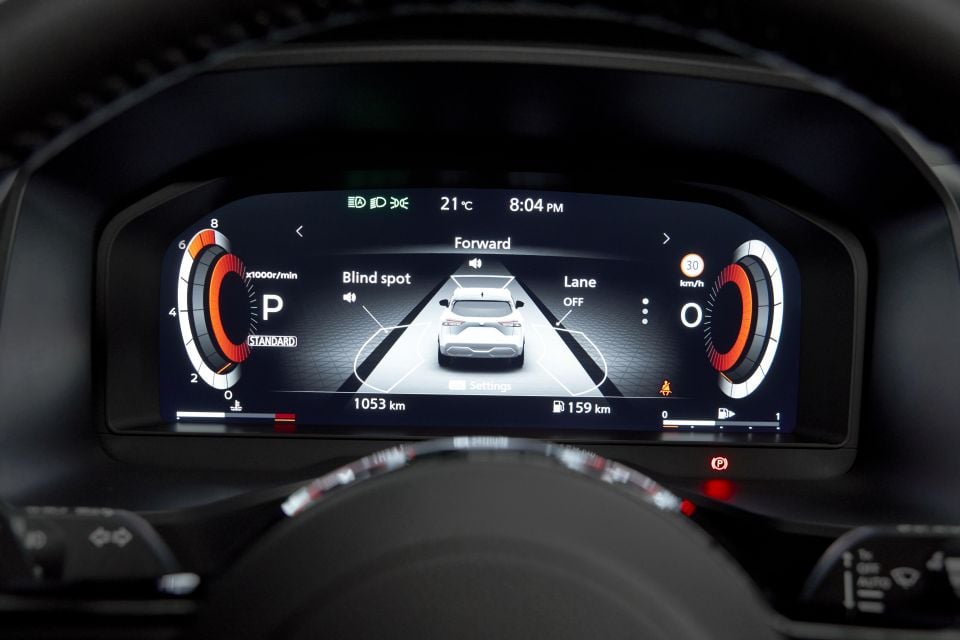
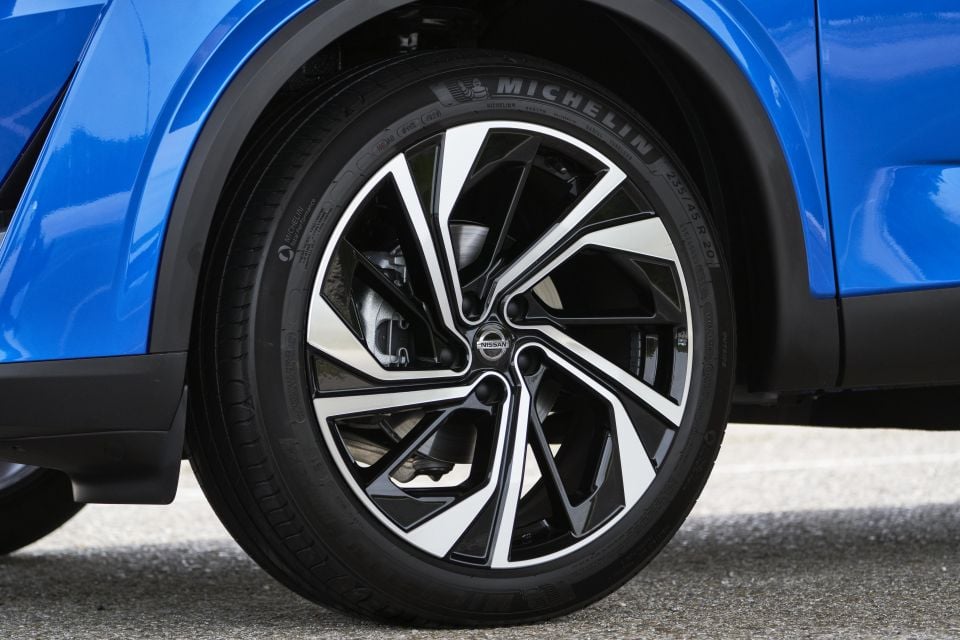

Buy your new car without the stress. It's fast, simple and completely free.

Great service from Travis and team, second time I have used this business would not hesitate to recommend them to anyone
Craig C.
Purchased a Ford Ranger in Sunshine Coast, QLD
CarExpert helped Craig save thousands on his Ford Ranger, now let us save you on your next new car.
Find a dealWe don’t know exact model details yet so we’re not going to give you a long list, but if the one we’ve driven is anything to go by then the Qashqai will be packed to the rafters with stuff.
Highlights overseas include super-slim LED headlights up front with ‘raindrop’ optic effect lights at the rear, available 9.0-inch infotainment and 12.3-inch digital instrument displays, a 10.8-inch head-up display, dual-zone climate control with rear vents, 360-degree cameras, quilted leather seats and a Bose premium audio system.
We mentioned earlier it’s bigger, measuring up at 4425mm in length – 31mm longer than the outgoing model. It is 29mm wider and 30mm higher, but the most important figure is the wheelbase, which is 19mm longer (2665mm).
That translates into more interior space for those up front and crucially, for those sat in the back seats, who get more head- and legroom. The boot also gets more space too, with 50 litres more than before (480L). More on the interior later.
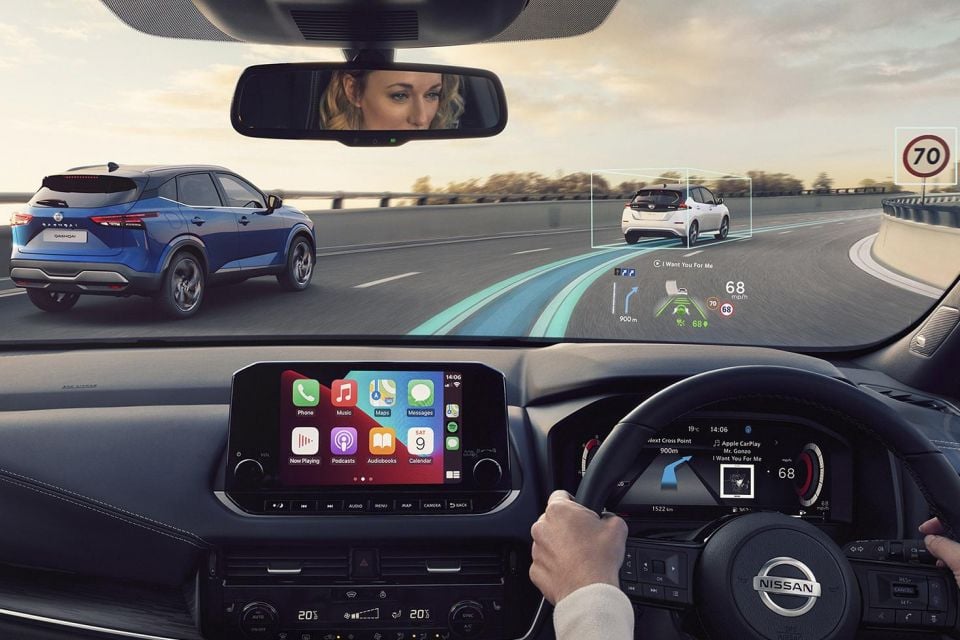
While no-one has yet put it through the usual crash tests, we expect it to do well.
The outgoing generation has a five-star ANCAP rating, and the new one packs in some features that weren’t available previously.
A few systems beep a lot, such as the lane departure warning that should really be named ‘stay exactly in between the lines to the millimetre or I’ll beep madly at you warning’.
Other more useful features include forward collision alert, autonomous emergency braking (AEB) with pedestrian, cyclist and junction assist, rear cross-traffic alert and driver attention alert. There’s also the usual selection of airbags, ISOFIX child seat anchors, hill start assist and so on.
As a family car, it should be as safe as anything.
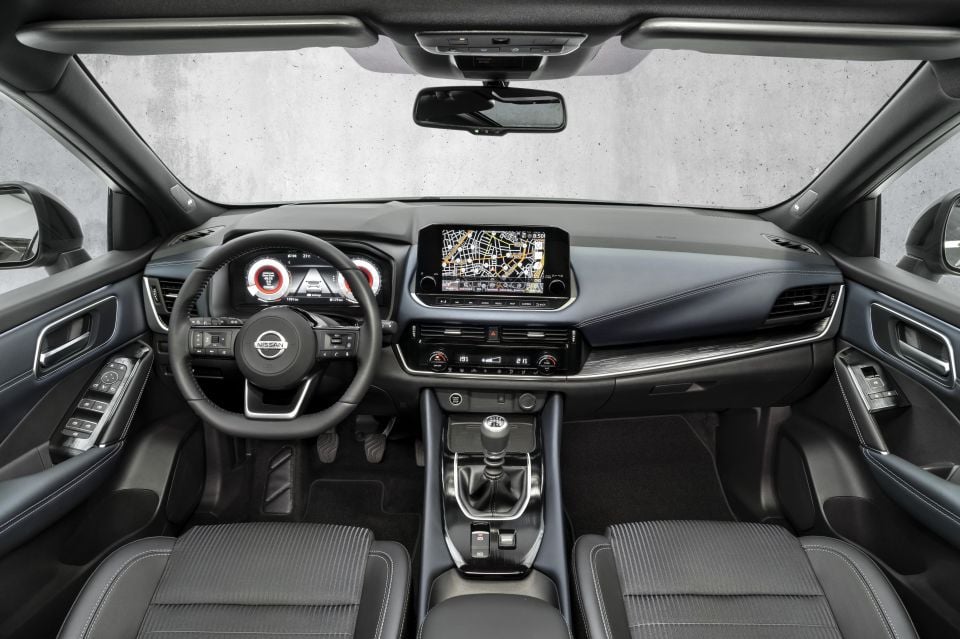
If you haven’t been in a Qashqai for some time, then you’ll be surprised at how upmarket it’s all become.
Our test car had sumptuous dark blue leather, a digital instrumentation display and a large touchscreen infotainment system.
It’s all very comfortable, with a nice layout and everything easily within reach. The Qashqai is a bit bigger as we said earlier, and it’s really noticeable inside.
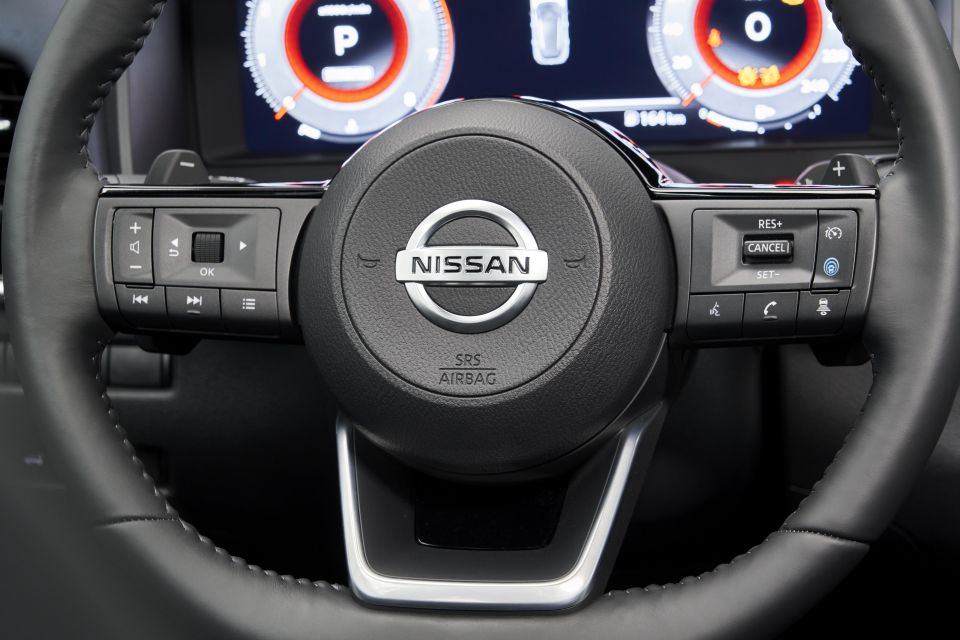
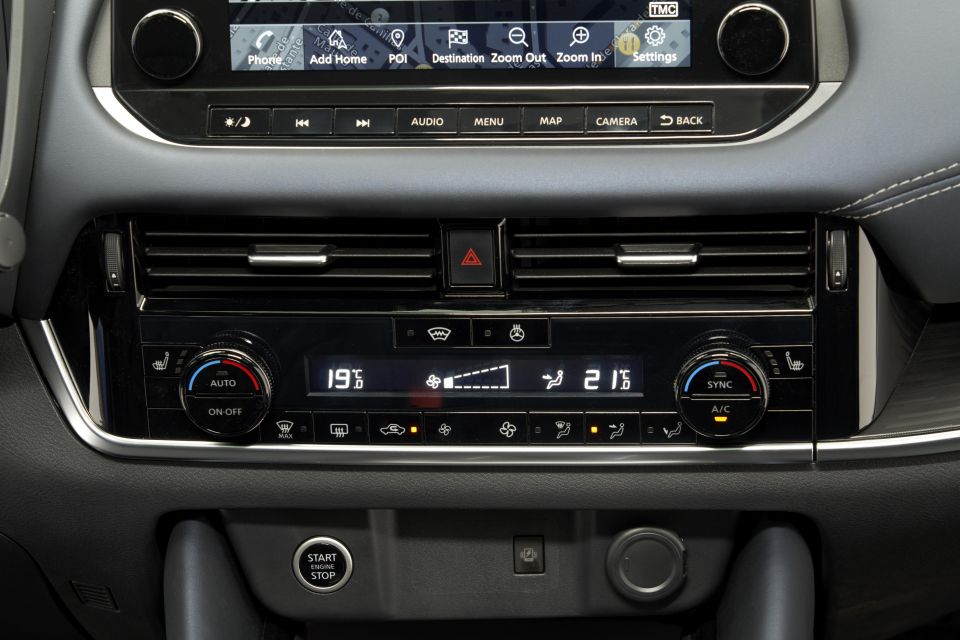
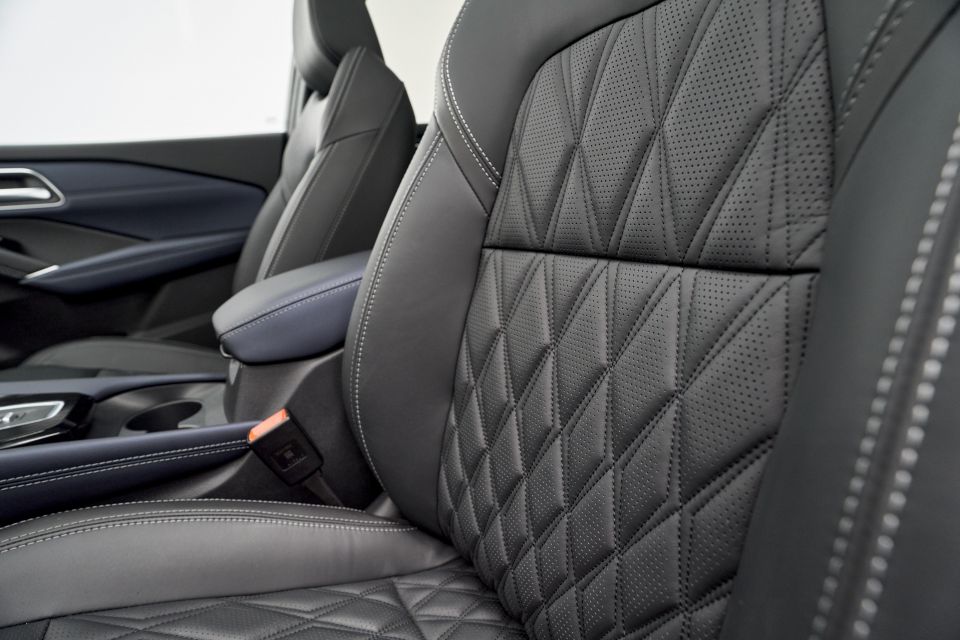

From the driver’s seat everything feels much bigger, less compact crossover and more big SUV. The centre console between the seats in particular seems massive, sort of BMW massive.
The model we drove had a useful wireless charging pad for your phone, an electronic parking brake, a drive mode selector, as well as two cupholders.
There’s a centre storage cubby with two parts, handy for putting your face mask in the top bit and then anything bigger in the lower section.
The brushed piano black wood-look trim looks nice, but as is so often the case we wonder if anyone actually spent time living with it and if they did whether they had cleaning OCD and wiped it every five minutes to remove the finger marks.
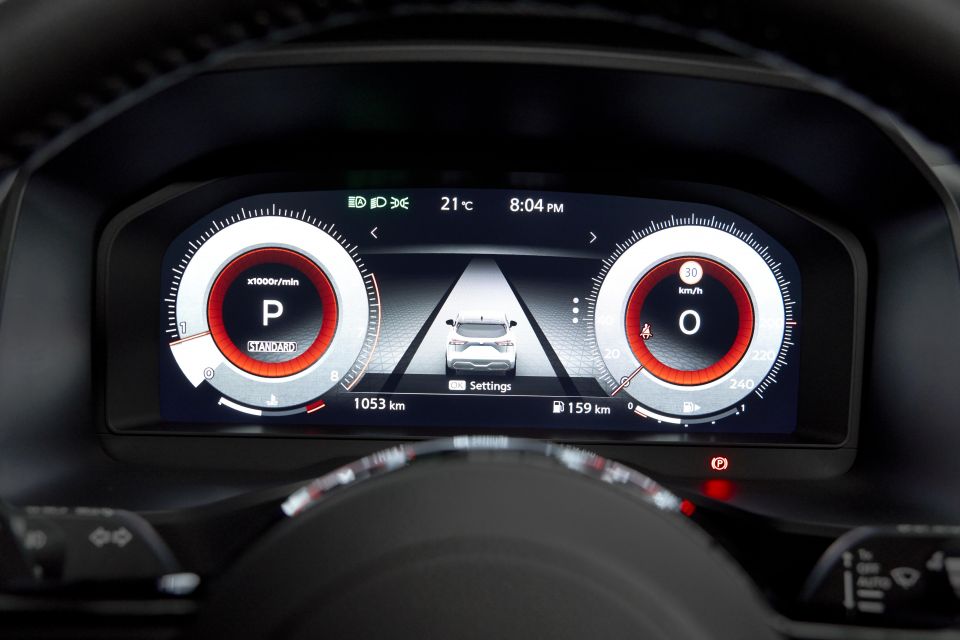
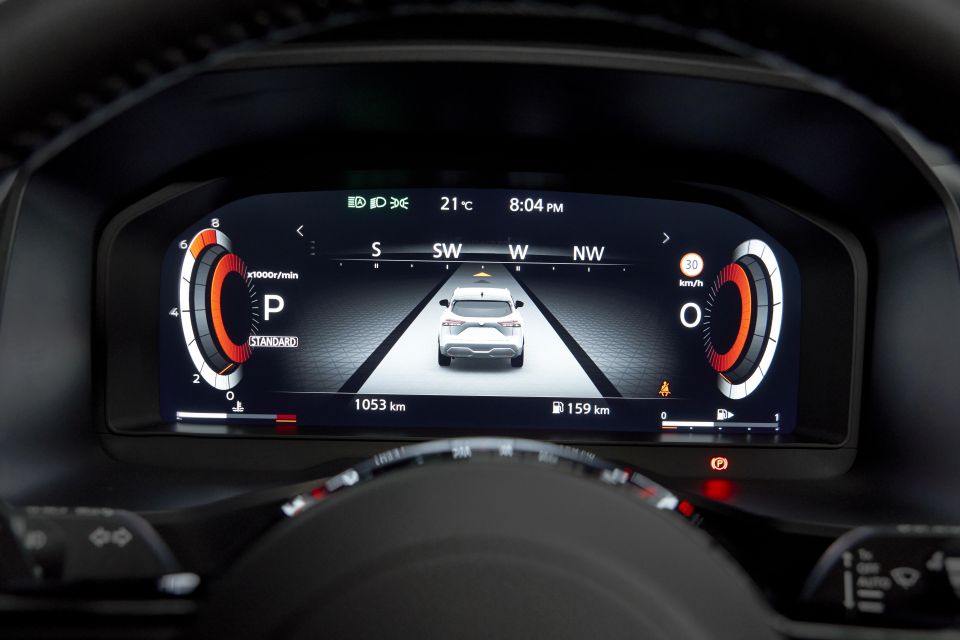
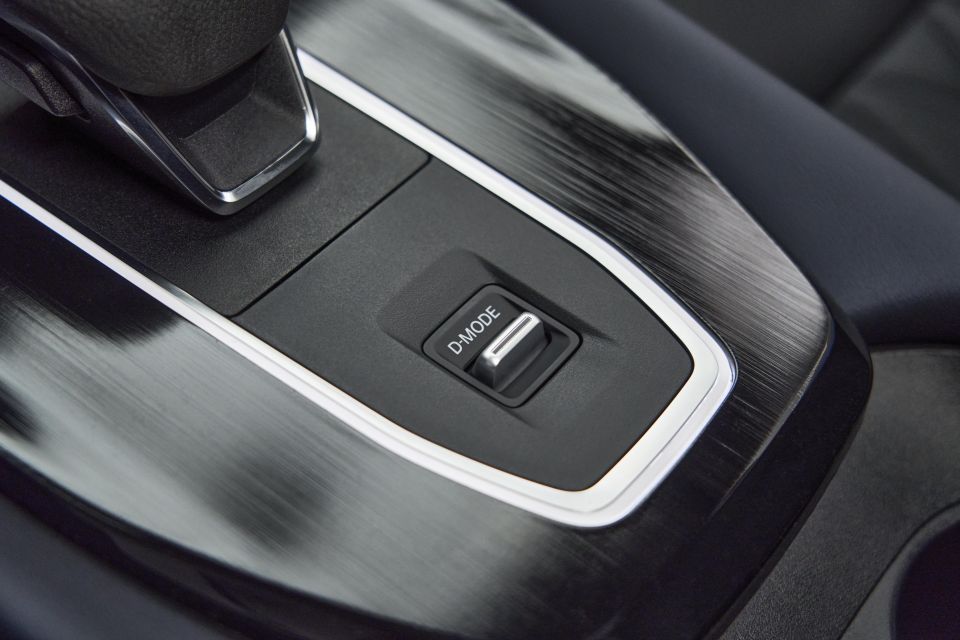
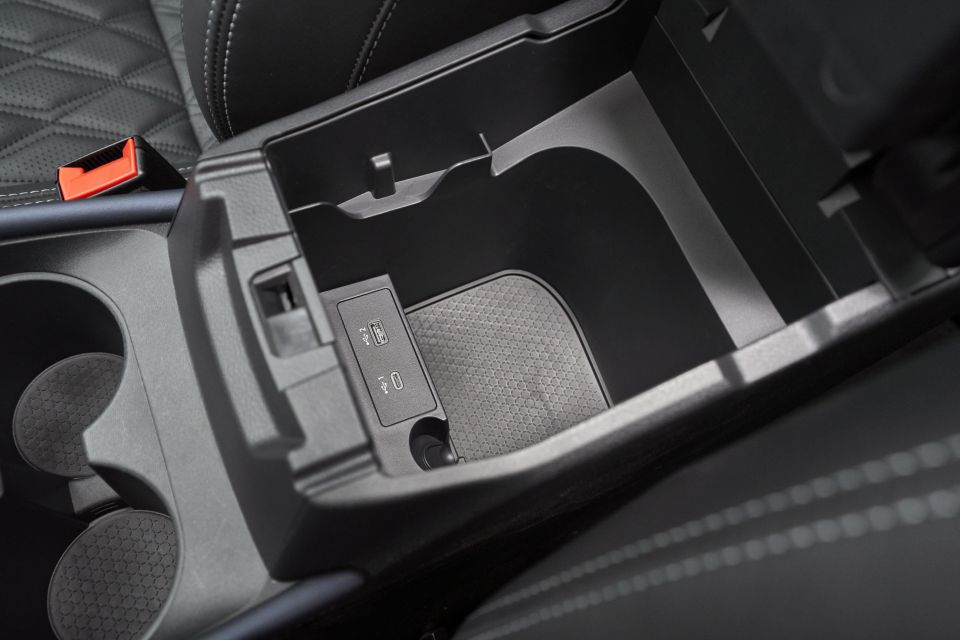
There’s not a lot of personalisation in the digital display with just one rather bland theme, but you could just look at the head-up display that rises from the dash to give you all the essential info too.
The optional panoramic sunroof makes the interior feel light and airy, although there is quite a thick panel just ahead of it, which I banged my head on a few times whenever I shuffled in my seat.
The seats themselves have lots of adjustment and good lumbar support, and it’s easy to get a good driving position.
The back seats have plenty of space, too, and on a long-distance trip our two kids in their child seats were comfortable and liked that it was easy for them to reach the window switches.
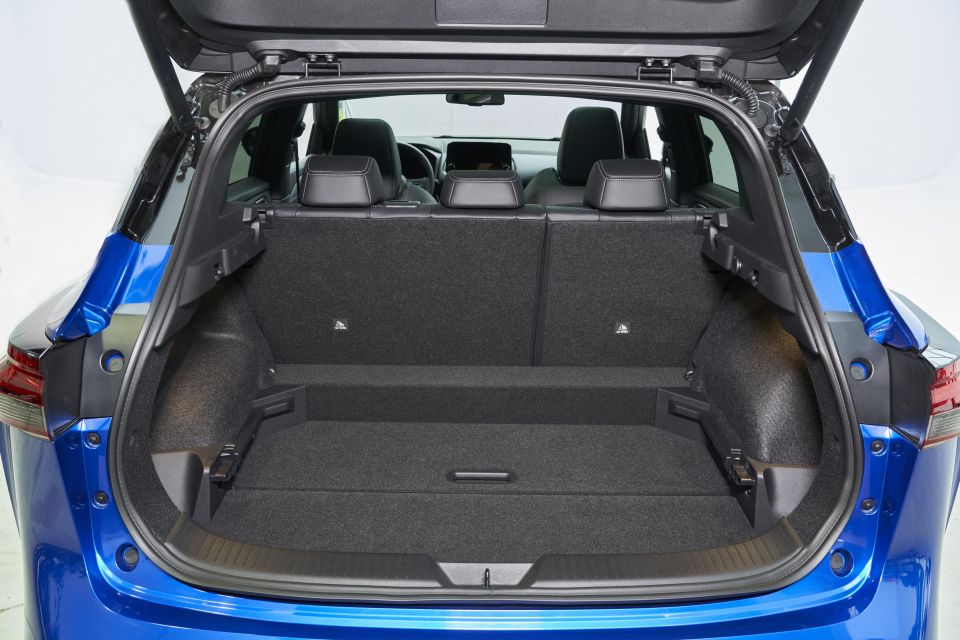
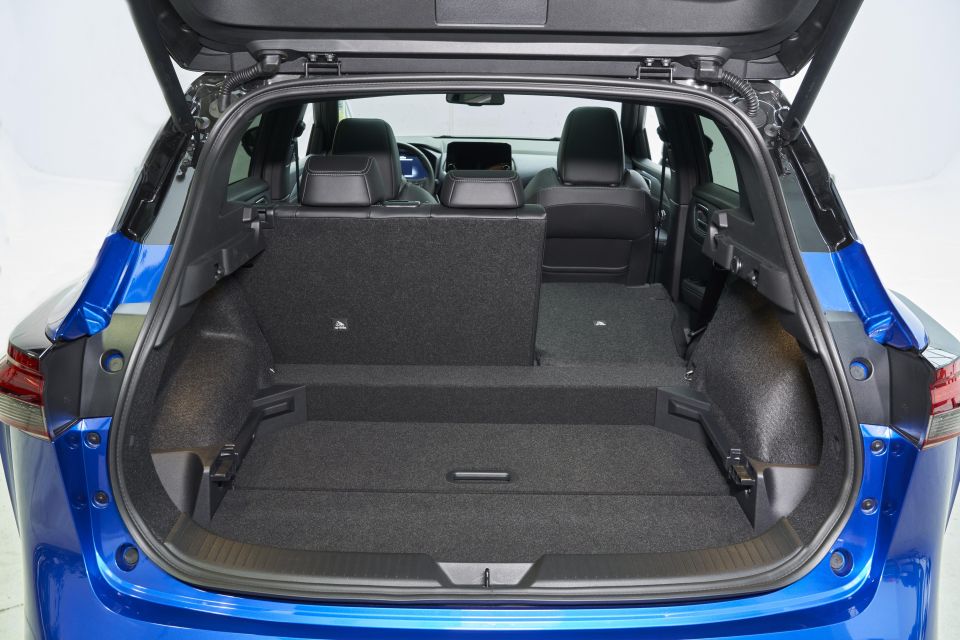
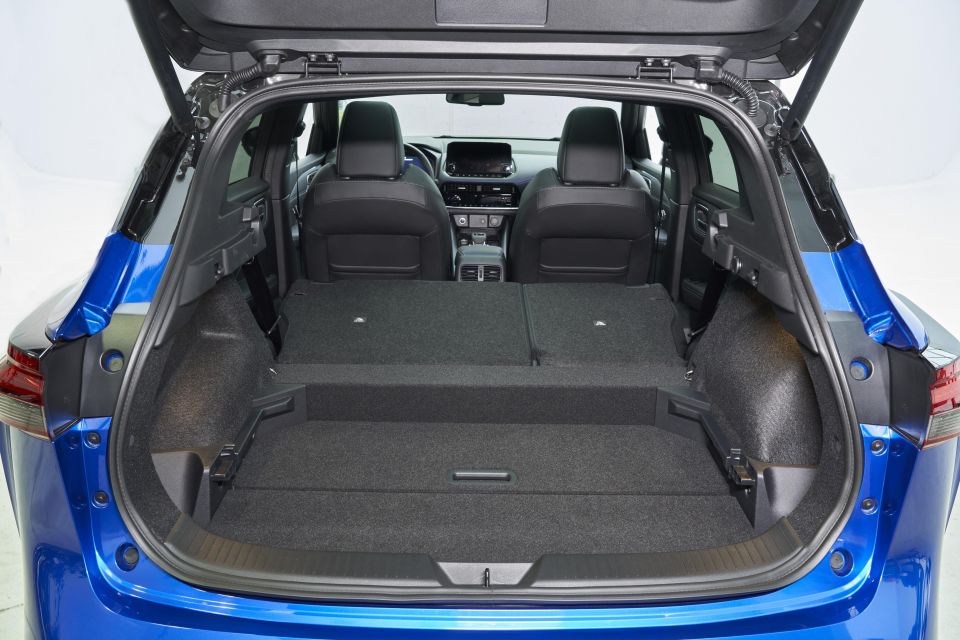
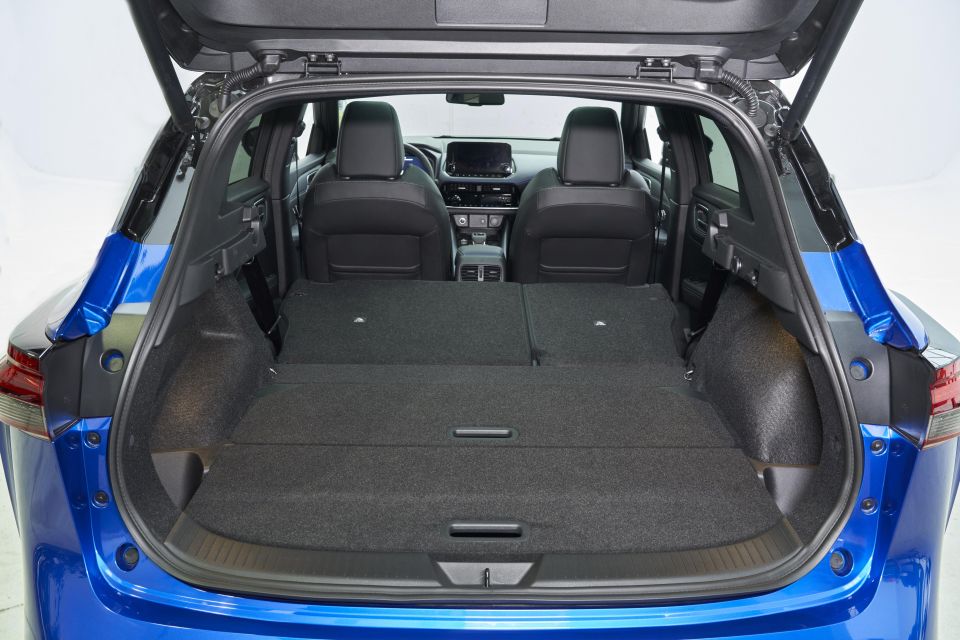
They also had storage for kids’ stuff – water bottles and the like – they could reach easily. It’s also worth mentioning the rear passenger doors open to 90 degrees, which makes it so easy for the kids to get in and out. You’ll want to be careful in the supermarket car park on a windy day, though.
The boot is spacious with two floor panels that can be opened or removed for larger items or to hide things away. It’s great if you want somewhere secure to put a laptop bag for instance.
As noted earlier, the new Qashqai’s boot area has grown by 50 litres to 490L in five-seat configuration, which is more than a Mazda CX-5. Fold the rear seats and there’s up to 1422L to the roof.
Overall, the interior is a comfortable and premium place to be with just the right amount of tech and luxury to make sure it ticks all the boxes as a great family crossover.
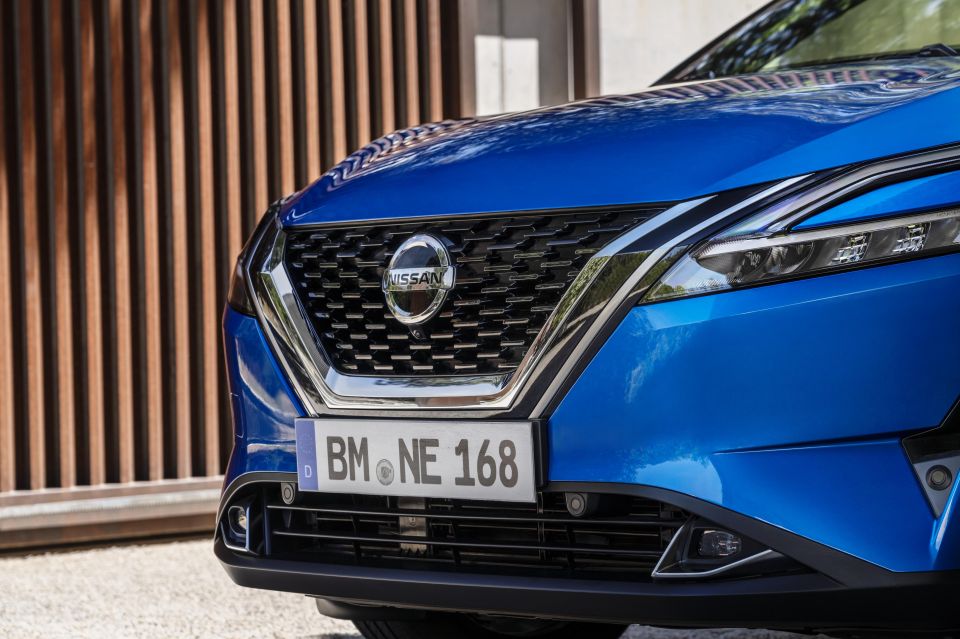
Under the bonnet of the European model is a 1.3-litre turbocharged petrol engine with mild-hybrid assistance, but we still don’t know what Australia will get for sure.
CarExpert has previously reported the current 106kW/200Nm 2.0-litre atmo petrol – or a revised version – will likely carry over at least in lower grades, with Nissan’s upcoming e-Power range-extended hybrid version a likely starter higher up in the range later in 2022.
What is e-Power? In the Qashqai, the e-Power system blends an electric motor making 140kW and 330Nm with a 1.5-litre petrol engine making 115kW. The petrol engine isn’t used to drive the wheels. Instead, it acts as a generator to top up the lithium-ion battery pack feeding the electric motor.
It’s a form of range extender Nissan says brings the best of both worlds – smooth, quiet progress from the electric motor and efficient, long-range cruising thanks to the petrol generator.
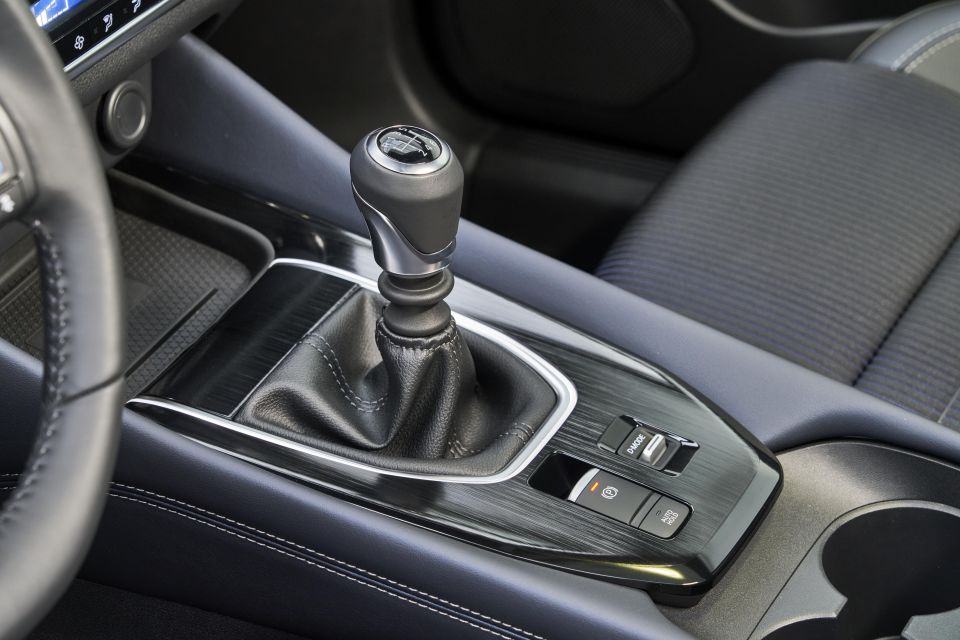
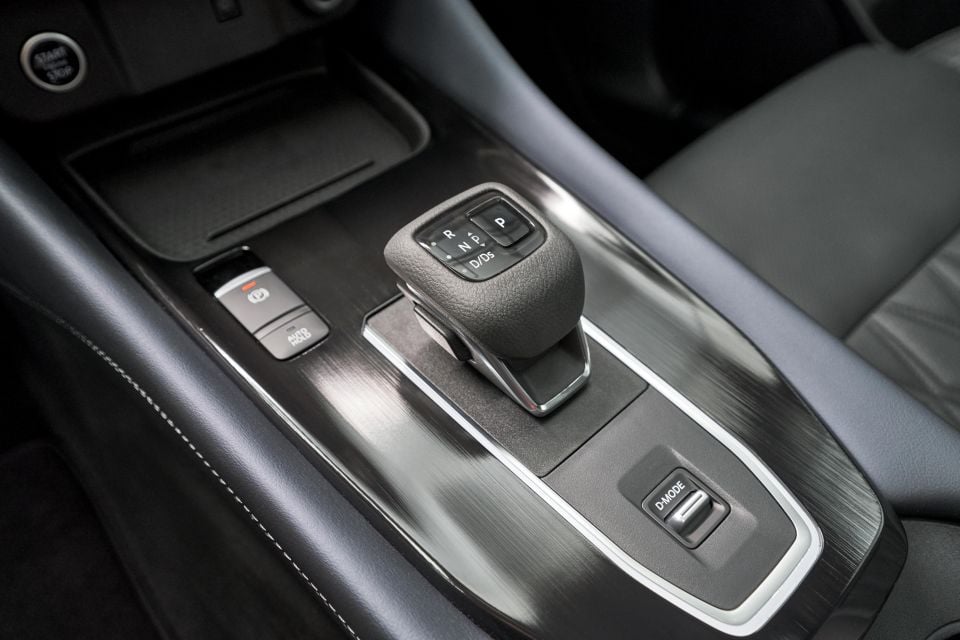
When we know what’s coming to Australia for sure, you’ll know.
Anyway, back to the 1.3-litre turbo mild-hybrid powertrain in this UK-spec car. Don’t get too excited, as this is not a proper hybrid by any stretch.
It has a 12V lithium-ion battery that’s about as powerful as that in your kid’s radio controlled car, but the marketing people are excited about it.
It does add some torque assistance, as well as operating the stop/start system – and Nissan says it reduces CO2 emissions by around 4g/km.
The UK market currently offers the mild-hybrid 1.3-litre turbo in two states of tune – 103kW/240Nm and 116kW/270Nm – with six-speed manual and CVT auto transmissions available depending on variant. Front-wheel drive is standard though all-wheel drive is optional higher up in the range.
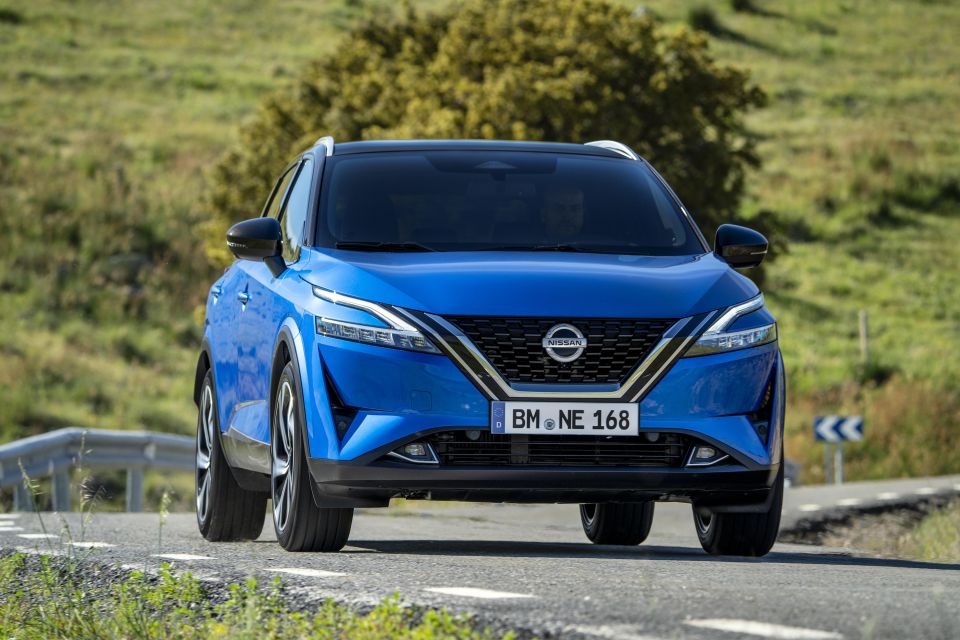
It’s all pleasant enough to drive, which perhaps doesn’t sound exciting, but this is a Qashqai, not a Z.
It does everything it needs to do and does it well, perfectly suited to its role as an urban crossover that’s been engineered to tackle everything from the school run to a weekend away with a bit of gravel road driving thrown in.
The six-speed manual changes smoothly and while, unusually, we are going to admit that the CVT automatic option does drive better, the manual is easy to live with on a daily basis.
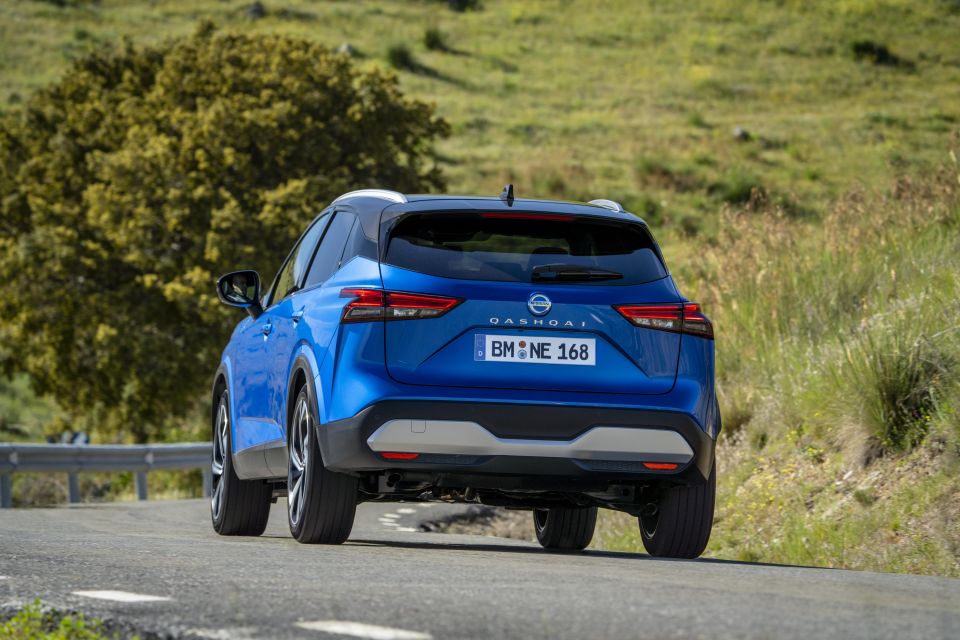
On the subject of the CVT, it’s also worth mentioning that higher-spec CVT versions get a more advanced multilink rear suspension. Combined with the additional weight of the transmission, it makes the ride more comfortable than manual versions with the torsion beam design.
We found the suspension on the Tekna to be rather soft and vague at times, even inducing a slight element of travel nausea on occasion.
The engine has enough power to suit most needs, but there is a flat spot at around 1800rpm when it’s easy to be caught out. Keep things over 2100rpm and it pulls nicely.
It’s at home in town where you won’t need to play with the gearbox too much, and you’ll be able to enjoy the connected toys on offer during quality time with yourself on the commute or discussing the meaning of life with the kids, provided you can get them off their tablets – don’t tell them the Qashqai has in-car WiFi.
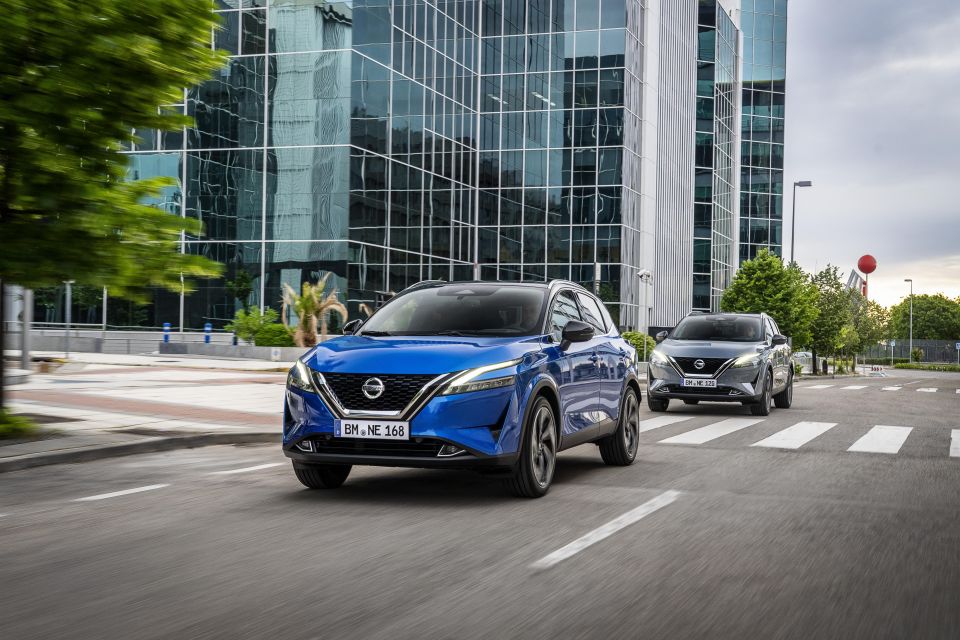
It’s equally happy on a long-distance drive, perhaps even more so because it’s less likely to wallow around and you can just switch on the adaptive cruise control and enjoy the journey.
You have the choice of Eco, Normal and Sport driving modes, the latter firming up the steering and providing slightly quicker response from the accelerator. On the open road we actually found Sport to work rather well as the default setting.
There’s good visibility all-round and the slightly higher ground clearance makes it easy to read the traffic ahead of you.
Just as the interior is all about practicality and usability, so too is the drive, which will meet the needs of most families.
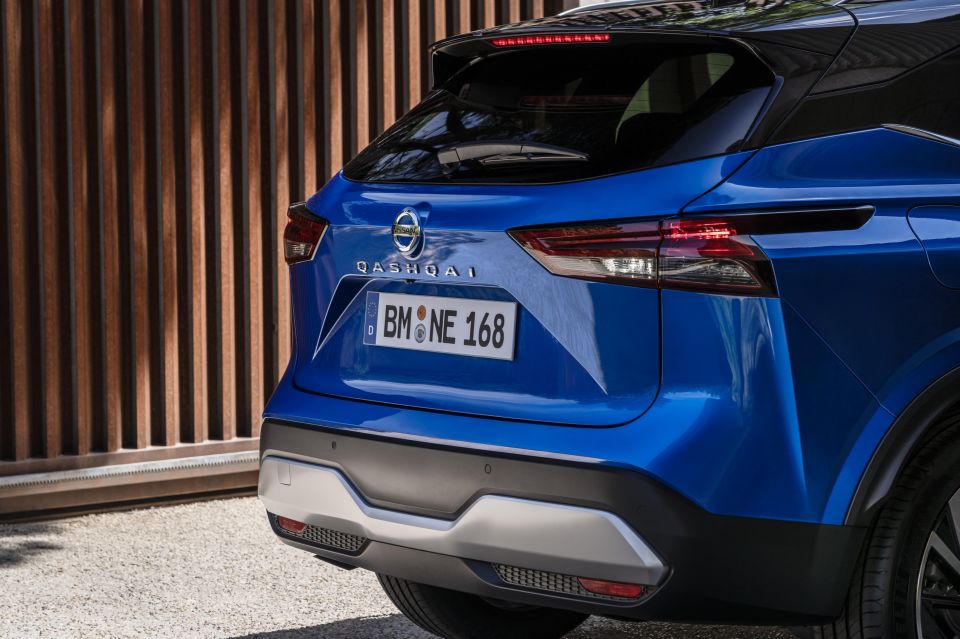
Where expert car reviews meet expert car buying – CarExpert gives you trusted advice, personalised service and real savings on your next new car.
Like the wider Nissan range in Australia, the Qashqai should be covered by the brand’s five-year, unlimited-kilometre warranty.
Capped-price servicing costs should become available when the new Qashqai arrives in local showrooms.
Fuel costs are difficult to calculate until Nissan Australia confirms which engines we will get, but if the same 1.3-litre turbo comes along then the official combined consumption figure is 5.3L/100km.
After around 1000km of mixed driving, we achieved 6.1L/100km.
The current 2.0-litre atmo four with CVT uses a claimed 6.9L/100km, for reference.

The new Qashqai is a big leap forward from the previous generation in terms of style, comfort and equipment.
It’s beaten in some areas by rivals, especially when it comes to engine performance and dynamics, but it ticks all the boxes for family comfort, practicality and technology.
With a slightly more premium look and feel to it, the Qashqai has definitely moved up in the world.
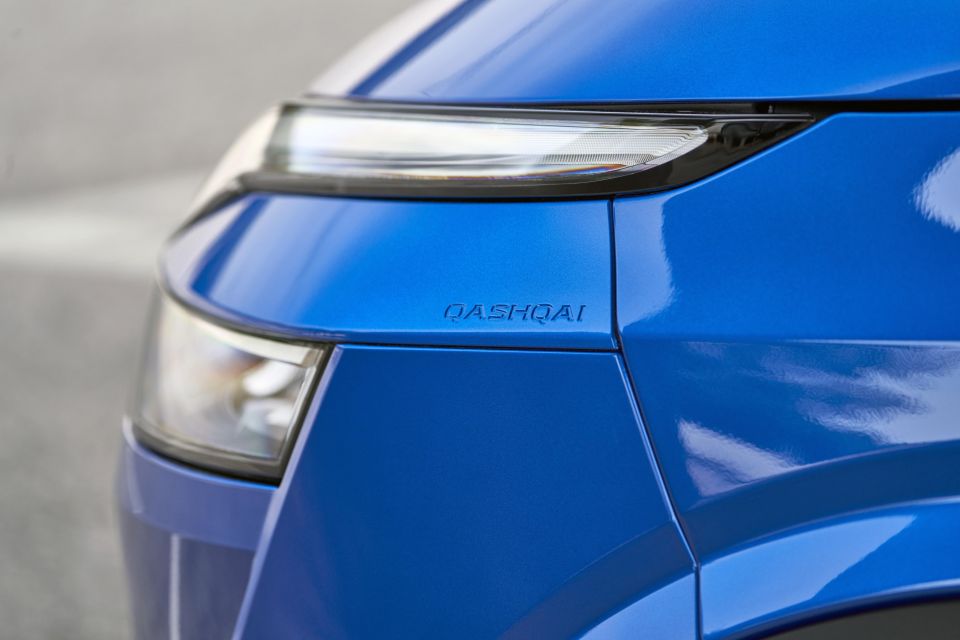
Click the images for the full gallery
Where expert car reviews meet expert car buying – CarExpert gives you trusted advice, personalised service and real savings on your next new car.


William Stopford
14 Hours Ago


Ben Zachariah
15 Hours Ago


Derek Fung
16 Hours Ago


Matt Campbell
22 Hours Ago


William Stopford
2 Days Ago


Josh Nevett
2 Days Ago